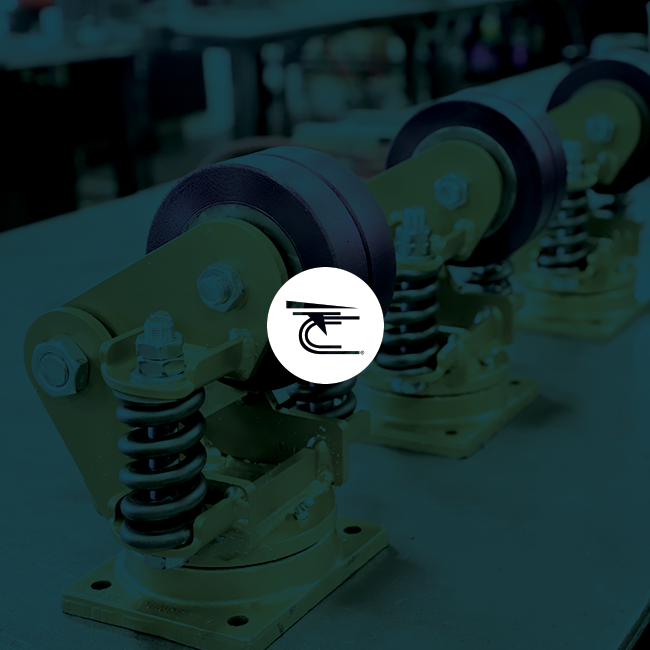

Since the invention of the wheel, carts have been used to move various items. The first carts are believed to originally be one large wheel, with two long handles attached to it, somewhat similar to a wheel barrel.
The advent of four wheels under a flat surface has led to several unique cart applications. Today, carts are outfitted to achieve several different goals and move a variety of items. Of course, with our constant efforts to be more efficient and maximize profits, we continue to increase the load on the cart. Which in turn increases the amount of force needed to start and keep the cart rolling, and increases the risk of injury due to overexertion.
Muscle sprains, strains, and tears are a common result of having to exert excessive force to move a cart. These injuries result in missed workdays in addition to the medical expenses associated with these injuries. And the price tag keeps getting higher. According to the 2019 Liberty Mutual Insurance Workplace Safety Index, U.S. companies lose more than $1 billion per week due to workplace injuries, with the number one being overexertion involving outside sources.
The greatest invention since the wheel is an invention for the wheel: a motor-powered caster called The Drive Caster that eliminates the need for manual pushing and pulling. It can be fitted to existing applications and is designed to enable one operator to move tons easily. The Drive Caster™ is capable of moving up to 6,000 lbs on a single Drive Caster. Adding a second Drive Caster™ doubles the total moveable capacity.
The Drive Caster™ integrates a motor onto the caster, making it a great retrofit for several types of carts, including:
The Drive Caster™ allows you to add motor power to just about any application that is on wheels. Carts can be retrofitted with a drive caster to make movement easier, and eliminate physical stress and exertion.